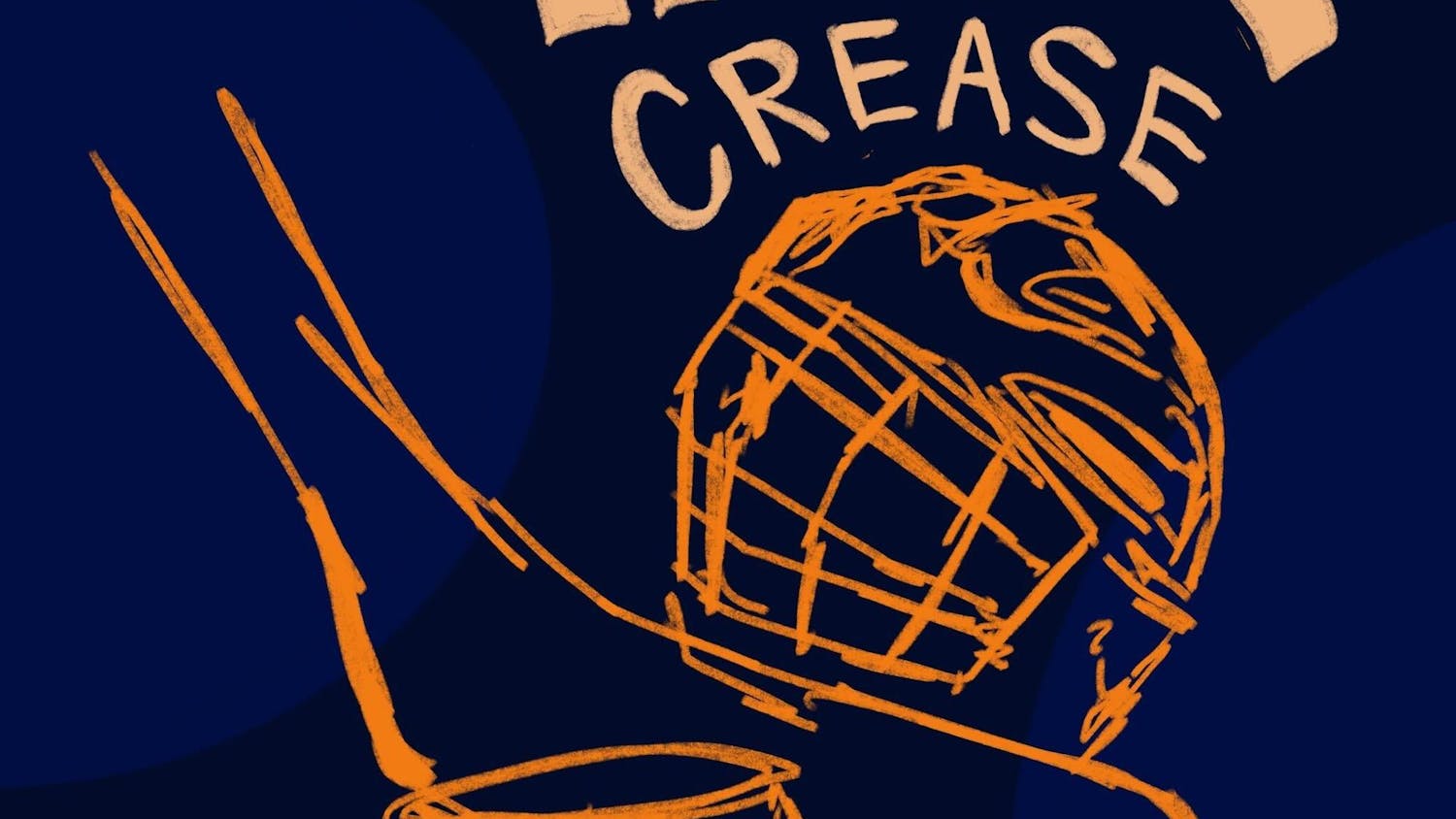Villanova crushed Michigan by 17 points in the NCAA men’s basketball title game on Monday night, finishing off an absolutely dominant tournament run. While the final game did not come down to one play, many games do. This is all to say that it seemed unnatural to write this column without mentioning the ending to March Madness, but it has nothing to do with the topic today.
The Houston Astros were playing the Texas Rangers on MLB Opening Day.Up came Joey Gallo, the Rangers’ first baseman.Backward went Alex Bregman, the Houston third baseman, and suddenly the defensive shift turned into a four-man outfield. This tactic ended up working, as Gallo hit to Bregman for the out. The Astros knew where Gallo was most likely going to hit it, and they put their men there.
The shift in baseball is back and bigger than ever. Since 2011, the use of shifts has increased by a factor of 12, according to FiveThirtyEight. With the amount of statistics that teams now use when studying their opponents and their own players, it is not surprising that the shift is being brought back. With the knowledge that a player hits it to the right side of the field, it only makes sense to put more fielders there.
Now, this all creates one big question. Is this better for baseball? There is a lot of debate about that, as shifts have caused frustration among many players and managers, with some calling to have them banned. Better shifts mean better defense, which means fewer runs scored. People tend to agree that baseball’s problem has never been that there are too many runs. However, shifts cannot do everything: The home run is unpreventable, and there have been plenty of long balls recently.
Last year, over 6,000 homers were hit.This year, 15 percent of fly balls hit on Opening Day went yard, so maybe the shift will not continue to have as profound an effect as experts, players and managers believe.
All of this is to say that statistics are changing the way that baseball is played. Knowing the past helps us predict the future, in sports and elsewhere. This could be for the best, or it could be for the worst. Eventually, we could have so many statistics on a player that we could predict their next swing or predict what the next pitch thrown will be. This is a drastic example, but a line will have to be drawn at some point. Shifting may not be cheating the system too much, but the line will continue to be pushed until it breaks. One reason sports are so much fun is the unpredictability. Will the pass be a touchdown or an interception? A strikeout or a home run?
The sixteen-seed or the one-seed? See, I did fit in March Madness. The fun is in the crazy outcomes, not in the ones that you see from a mile away. Keep statistics controlled or they will control us.
More from The Tufts Daily
Merseyside welcomes Federico Chiesa
By
Bharat Singh
| September 19
In the Crease: The NHL season is almost upon us
By
Zachary Gerson
| September 19





